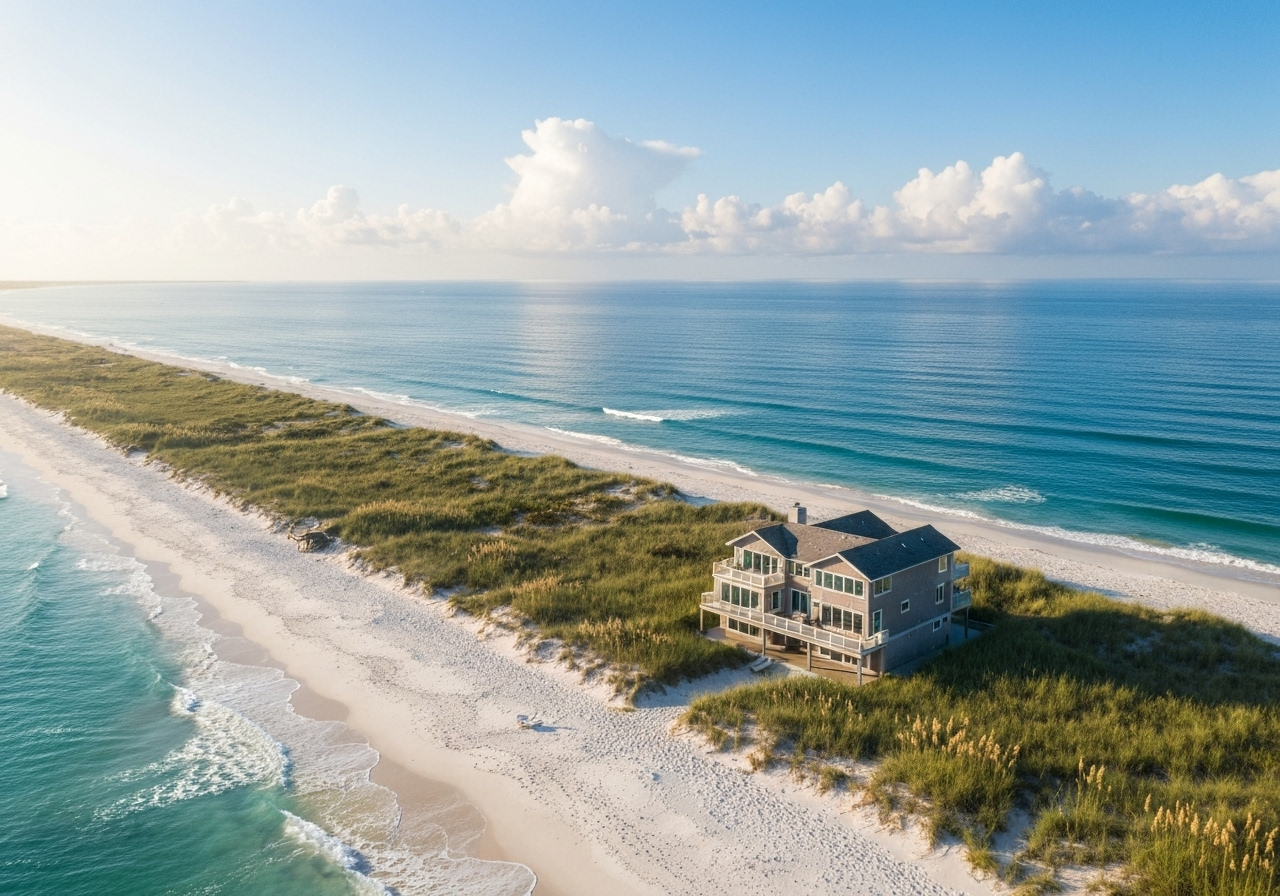Protecting Your Coastal Oasis: Why Comprehensive Insurance Matters
Living along the picturesque shoreline offers unparalleled beauty and tranquility, but it also comes with inherent risks, particularly concerning the vulnerability of coastal properties. Homeowners in these unique environments face a constant battle against the forces of nature, from routine coastal erosion to devastating hurricanes and rising sea levels. Adequate protection isn’t just a luxury; it’s a critical necessity. Understanding the nuances of homeowners and flood insurance is paramount, and this is where expertise from providers like Homeowners and Flood Insurance Beach Insurance LLC becomes invaluable.
Comprehensive insurance coverage is the bedrock of financial security for coastal property owners. It acknowledges that standard policies often fall short in addressing the full spectrum of threats unique to waterfront living. Without a robust and tailored insurance strategy, homeowners risk significant financial loss and prolonged distress in the wake of a natural disaster.
Understanding Homeowners and Flood Insurance Beach Insurance LLC for Your Shoreline Property
For those owning property in coastal areas, the distinction between standard homeowners insurance and flood insurance is a critical, yet frequently misunderstood, concept. A prevalent misconception is that a typical homeowners policy covers all damages from water. The reality, as reinforced by experts, is that standard homeowners and renters insurance explicitly does not cover flood damage. This is a real-world lesson often overlooked until it’s too late.
Flood damage requires a separate flood insurance policy, typically provided through the National Flood Insurance Program (NFIP), managed by the Federal Emergency Management Agency (FEMA), or by private insurers. This separation of coverage is particularly significant for shoreline properties, where the risk of flooding from storm surge, heavy rainfall, or rising tides is consistently higher. Beach Insurance LLC specializes in guiding homeowners through these critical distinctions, ensuring that every aspect of their coastal property is safeguarded.
Decoding Homeowners Insurance: Core Protections for Your Coastal Dwelling
Your standard homeowners insurance policy acts as a shield against a wide array of perils not directly related to flooding. This foundational coverage typically protects the structure of your home, your personal possessions, and provides liability coverage for bodily injury or property damage to others. It also often includes provisions for additional living expenses (ALE) should your home become uninhabitable due to a covered event.
Key components of a homeowners insurance policy include:
- Dwelling Coverage: Protects the physical structure of your home, including attached garages and fixtures. It’s crucial to ensure this limit is sufficient to rebuild your home at current construction costs, which can differ significantly from its market value.
- Personal Property Coverage: Covers your belongings, such as furniture, electronics, and clothing, whether they are inside your home or elsewhere. Policies often offer either “actual cash value” (replacement cost minus depreciation) or “replacement cost” (cost to replace with new items).
- Liability Coverage: Safeguards you against lawsuits for injuries or damages you or your family members accidentally cause to others on or off your property.
- Additional Living Expenses (ALE): Covers extra costs like hotel stays, temporary rentals, and restaurant meals if you’re displaced from your home due to a covered loss.
Many policies offer “replacement cost” for structural damage and sometimes for contents, meaning you’re reimbursed for the cost to repair or replace without deduction for depreciation. Options like “guaranteed” or “extended replacement cost” endorsements can offer an additional percentage above your dwelling limit, which is especially beneficial in areas prone to widespread disaster where rebuilding costs can surge due to high demand for materials and labor. Furthermore, an “inflation guard” clause can automatically adjust your dwelling limit to reflect increasing construction costs over time.
The Imperative of Flood Insurance: Safeguarding Against Rising Waters
While standard homeowners insurance covers many common perils, it is vital to reiterate that flood insurance is a separate policy—a non-negotiable necessity for coastal homeowners. The NFIP, managed by FEMA, provides the majority of flood insurance policies, emphasizing that flooding can happen anywhere, not just in designated high-risk zones. A surprising one-third of all NFIP flood insurance claims come from outside high-risk flood areas, underscoring the widespread nature of flood risk.
For coastal properties, the threat is amplified by rising sea levels and intensifying storms. Climate change is a significant factor in increasing flood exposure, with projections indicating a sharp rise in coastal flood events. This escalating risk has driven FEMA to update its pricing methodology with “Risk Rating 2.0,” which bases premiums on an individual property’s specific flood risk, rather than a broad flood zone designation. This means rates for many homeowners, especially those closest to the water, may increase, reflecting their true exposure. This shift addresses past inequities where smaller, less exposed homes often subsidized high-risk beachfront properties.
Property owners with federally-backed mortgages in high-risk areas are typically required to carry flood insurance. There is usually a 30-day waiting period before an NFIP policy takes effect, making proactive planning essential. Flood insurance covers direct physical losses to the structure and contents of your home, though coverage for possessions is often on an actual cash value basis, meaning depreciation is factored in.
The NFIP itself has faced financial challenges, incurring billions in debt due to catastrophic events like Hurricanes Katrina and Sandy. This financial strain, coupled with increasing flood frequency and sea-level rise, highlights the need for a sustainable program, and recent reforms like Risk Rating 2.0 aim to address this by moving towards actuarially sound rates that better reflect individual property risk. Without adequate flood insurance, recovering from a flood can lead to significant financial devastation, as federal disaster assistance is limited and often requires the purchase of flood insurance for future aid.
Navigating Unique Coastal Risks: Hurricanes, Windstorm Deductibles, and More
Beyond general flooding, coastal properties are particularly susceptible to the destructive power of hurricanes and other severe windstorms. To manage the immense financial risks associated with these catastrophic events, insurers in many coastal states implement specialized hurricane or windstorm deductibles. These deductibles originated in the wake of costly events like Hurricane Andrew in 1992 and Hurricane Katrina in 2005, which prompted reinsurers to demand greater risk-sharing from primary insurance companies.
Unlike the fixed-dollar deductibles common for other perils, hurricane and windstorm deductibles are typically expressed as a percentage of your home’s insured value, ranging from 1% to 15% depending on your location and the specific policy. This means your out-of-pocket expense could be substantial. For example, a home insured for $400,000 with a 2% hurricane deductible would require the homeowner to pay the first $8,000 in covered hurricane damages.
Understanding the “trigger” for these deductibles is critical. Triggers vary by state and insurer but often involve official declarations by the National Weather Service (NWS) or the U.S. National Hurricane Center (NHC), such as a hurricane watch or warning being issued, or the storm making landfall. The deductible usually applies for a specific period, typically from 24 to 72 hours before and after the storm. Some policies may have a broader “named storm deductible” which applies to tropical storms and cyclones, or a “windstorm or wind/hail deductible” that covers any wind-related damage. Beach Insurance LLC emphasizes the importance of reviewing your policy’s declarations page to understand these specific conditions, as outlined in guides for hurricane and windstorm deductibles and your guide to understanding your hurricane deductible with Beach Insurance LLC.
Tailoring Your Coverage: Beyond Standard Policies with Beach Insurance LLC
For coastal homeowners, standard policies are merely a starting point. Truly secure protection requires a tailored approach that addresses specific vulnerabilities and personal circumstances. Beach Insurance LLC offers expertise in customizing coverage that goes beyond the basics to provide comprehensive security.
Considerations for enhanced coverage include:
- Higher Liability Limits: Given the potential for accidents on larger coastal properties or during storm events, increasing your liability coverage or opting for a personal umbrella policy can offer an invaluable layer of protection against significant lawsuits.
- Specialized Endorsements: For high-value items like jewelry, art, or unique coastal features not fully covered by standard policies, specific endorsements or “floaters” can provide adequate protection.
- Investment Property Coverage: If your shoreline property is also a rental, you’ll need specialized landlord insurance, such as a DP-3 “open peril” policy, to cover risks beyond owner-occupied homes, including potential loss of rental income during repairs.
- Building Code Upgrades: Older homes, especially in coastal zones, may need costly upgrades to meet modern building codes after damage. An “Ordinance or Law” endorsement can cover these additional rebuilding expenses.
The dynamic nature of coastal living, exacerbated by climate change and its impact on property values and insurance markets, necessitates proactive and informed decisions. Beach Insurance LLC understands these complexities and provides personalized advice to help you build an insurance program perfectly suited to your coastal lifestyle. This expert guidance is particularly crucial when considering the long-term financial implications of coastal flood risk, as detailed in recent research on human-flood dynamics under changing climate.
Partnering for Peace of Mind: How Beach Insurance LLC Protects Your Investment
Securing your shoreline property in today’s evolving coastal environment requires more than just purchasing insurance; it demands a strategic partnership with knowledgeable experts. Navigating the intricate landscape of homeowners and flood insurance, especially with the introduction of new risk assessment models like FEMA’s Risk Rating 2.0 and the persistent threat of hurricanes, can be daunting for individual homeowners. Beach Insurance LLC stands as a dedicated ally, offering local expertise and tailored solutions designed to protect your most valuable investment.
Their comprehensive approach ensures that you understand every aspect of your coverage, from the core protections of your homeowners policy to the critical necessity of separate flood insurance and the specifics of hurricane deductibles. By focusing on your unique property and its individual risk profile, Beach Insurance LLC empowers you to make informed decisions that safeguard your financial well-being against the unpredictable forces of nature. With their commitment to personalized service and a deep understanding of coastal insurance needs, homeowners can confidently enjoy their coastal oasis, secure in the knowledge that their property is expertly protected.
Ready to protect your coastal property? Visit our Contact Us page today to learn more about comprehensive insurance solutions.






